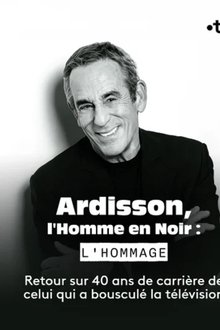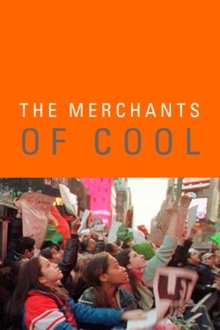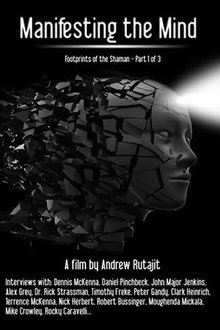Arguing that advertising not only sells things, but also ideas about the world, media scholar Sut Jhally offers a blistering analysis of commercial culture's inability to let go of reactionary gender representations. Jhally's starting point is the breakthrough work of the late sociologist Erving Goffman, whose 1959 book The Presentation of the Self in Everyday Life prefigured the growing field of performance studies. Jhally applies Goffman's analysis of the body in print advertising to hundreds of print ads today, uncovering an astonishing pattern of regressive and destructive gender codes. By looking beyond advertising as a medium that simply sells products, and beyond analyses of gender that tend to focus on either biology or objectification, The Codes of Gender offers important insights into the social construction of masculinity and femininity, the relationship between gender and power, and the everyday performance of cultural norms.
Related Movies

Sacachun (2018)
A documentary about faith through an essay on aging and the fear of death. A story about a group of elders in a ghost town and their lifetime struggle for the respect of their culture and their different ways of understanding faith, where the need of water is the main element that supports their demands and ancient culture is presented as an heritage for new generations to come, that if their home town survives after they are gone. A film that portrays youthfulness as hope, while the main characters reminds us all that nothing is more powerful than our own will and that there is no such thing as a lost cause.
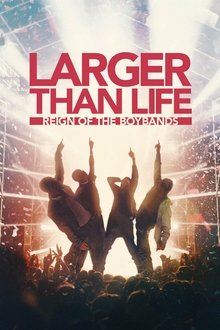
Larger than Life: Reign of the Boybands (2024)
Highlights boy bands and their rise — and fall — to fame, from The Beatles to Jackson 5 to the Jonas Brothers and One Direction, as well as the K-pop group Seventeen.
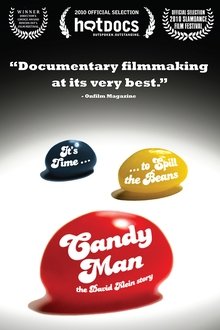
Candyman: The David Klein Story (2010)
Candyman tells the amazing true story of David Klein, an eccentric candy inventor from LA, who came up with the concept of Jelly Belly jellybeans. These colorful beans became a pop culture phenomenon, revolutionized the candy industry and were personally endorsed by Ronald Reagen. However, David's eccentric personality and peculiar sense of business led him to leave Jelly Belly just as it was about to explode and grow into a billion dollar enterprise. Is there room for eccentric genius in the modern corporate world? The film tells how Klein may have lost his beans, but kept his soul.
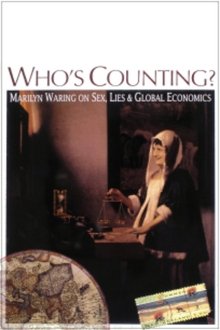
Who’s Counting? Marilyn Waring on Sex, Lies and Global Economics (1995)
This documentary profiles economist and writer Marilyn Waring. In extensive interviews, Waring details her feminist approach to finances and challenges commonly accepted truths about the global economy. The filmmakers detail Waring's early rise to political prominence and her successful protests against nuclear arms. Waring also speaks candidly about wartime economies, suggesting that government policies tend to marginalize the fiscal contributions of women.

Secrets of the Tribe (2010)
What happens when western anthropologists descend on the Amazon and make one of the last unacculturated tribes in existence, the Yanomami, the most exhaustively filmed and studied tribe on the planet? Despite their "do no harm" creed and scientific aims, the small army of anthropologists that has studied the Yanomami since the 1960s has wreaked havoc among the tribe – and sparked a war within the anthropology community itself.

Return of the King: The Fall and Rise of Elvis Presley (2024)
He had one chance to show the world he was still the King of Rock 'n' Roll. Discover the story behind Elvis Presley's triumphant '68 comeback special.
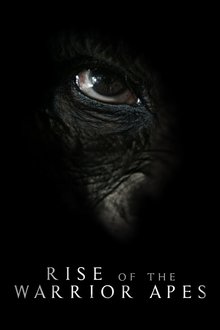
Rise of the Warrior Apes (2017)
Filmed over 23 years, Rise of the Warrior Apes tells the epic story of an extraordinary troop of chimpanzees in Ngogo, Uganda – featuring four mighty warriors who rule through moral ambiguity, questionable politics, strategic alliances and destroyed trust.
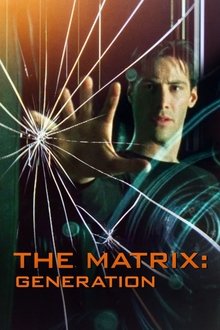
The Matrix: Generation (2023)
After the 1999 premiere of the first Matrix movie, it became a pop culture phenomenon. A special documentary about the Matrix saga and its prophetic aspects.

Chuck Norris vs Communism (2015)
In late eighties, in Ceausescu's Romania, a black market VHS bootlegger and a courageous female translator brought the magic of Western films to the Romanian people and sowed the seeds of a revolution.
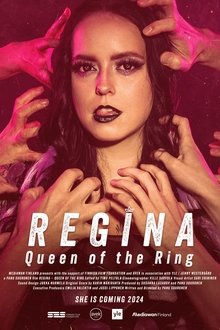
Regina – Queen of the Ring (2024)
Regina is a young feminist wrestler who fights men to become an international star. However, the true battle in wrestling takes place outside the ring – in the story team meetings.

Desire for Beauty (2013)
Four people turn to plastic surgery as the last resort in their search for perfection - their appearances will change, but will their lives?
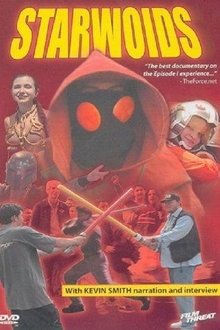
Starwoids (2001)
Noah might have traveled for 40 days and nights in search of land, but did he ever wait 42 straight days and nights for a movie? Starwoids tells the stranger than fiction details of Star Wars fans (A.K.A. Starwoids) and their six week-line-waiting quest to see Episode I - The Phantom Menace on opening day.
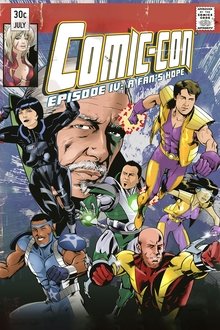
Comic-Con Episode IV: A Fan's Hope (2011)
A behind-the-scenes look at San Diego Comic-Con, the world's largest comic book convention, and the fans who attend every year.

Sports Illustrated Swimsuit 2011 - The 3D Experience (2011)
Paradise won’t ever feel closer than it does in Sports Illustrated Swimsuit 2011: The 3D Experience natively shot in 3D. Join supermodels Julie Henderson, Alyssa Miller and 2011 SI Swimsuit cover girl Irina Shayk as they explore the natural beauty of Maui—and see it in breathtaking 3D on Blu-ray. Featuring exclusive interviews with the models and amazing photo sessions on some of the most pristine beaches in the world, Sports Illustrated Swimsuit 2011: The 3D Experience is so vivid and lifelike viewers will almost be able to feel the sand between their toes.
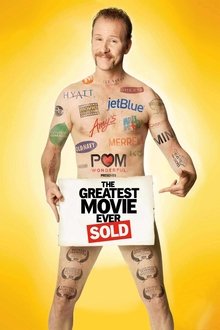
POM Wonderful Presents: The Greatest Movie Ever Sold (2011)
A documentary about branding, advertising and product placement that is financed and made possible by brands, advertising and product placement.
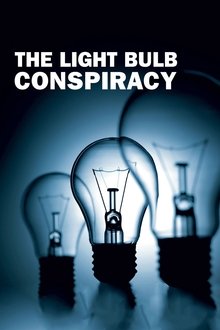
The Light Bulb Conspiracy (2010)
Once upon a time... consumer goods were built to last. Then, in the 1920’s, a group of businessmen realized that the longer their product lasted, the less money they made, thus Planned Obsolescence was born, and manufacturers have been engineering products to fail ever since. Combining investigative research and rare archive footage with analysis by those working on ways to save both the economy and the environment, this documentary charts the creation of ‘engineering to fail’, its rise to prominence and its recent fall from grace.
